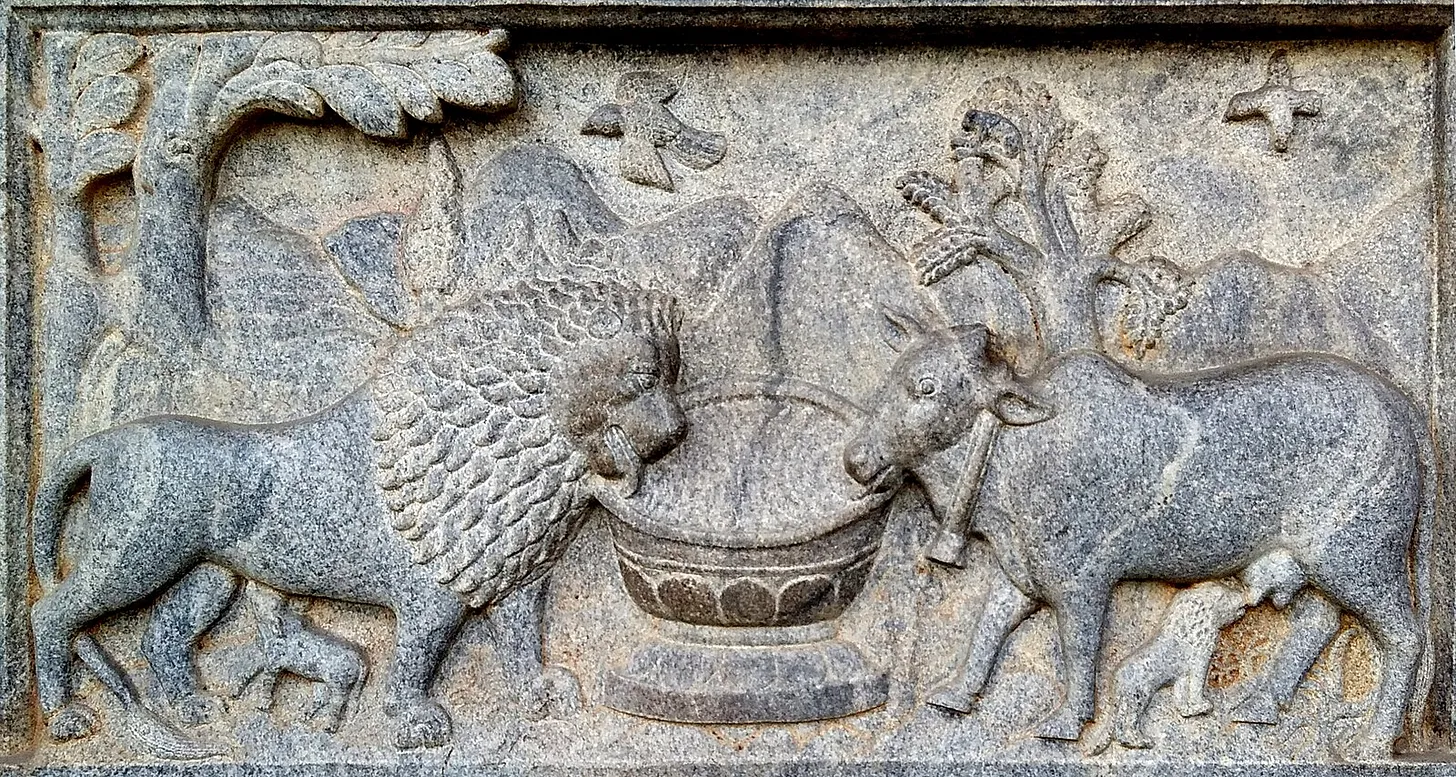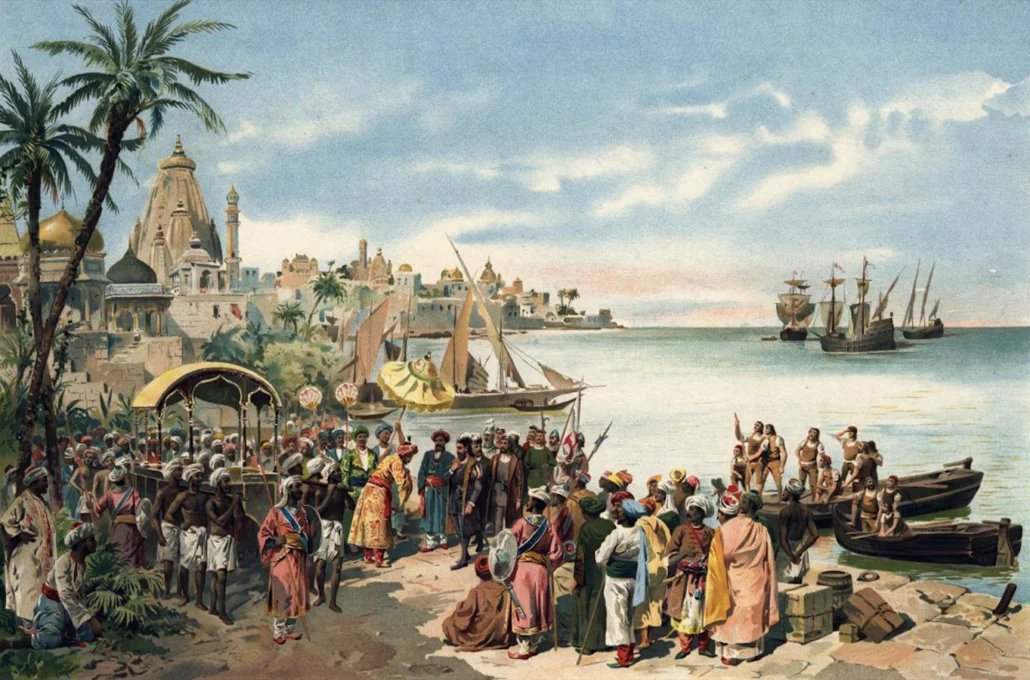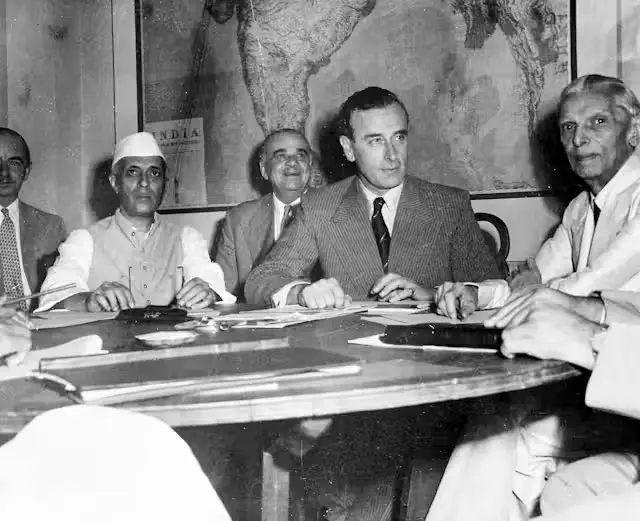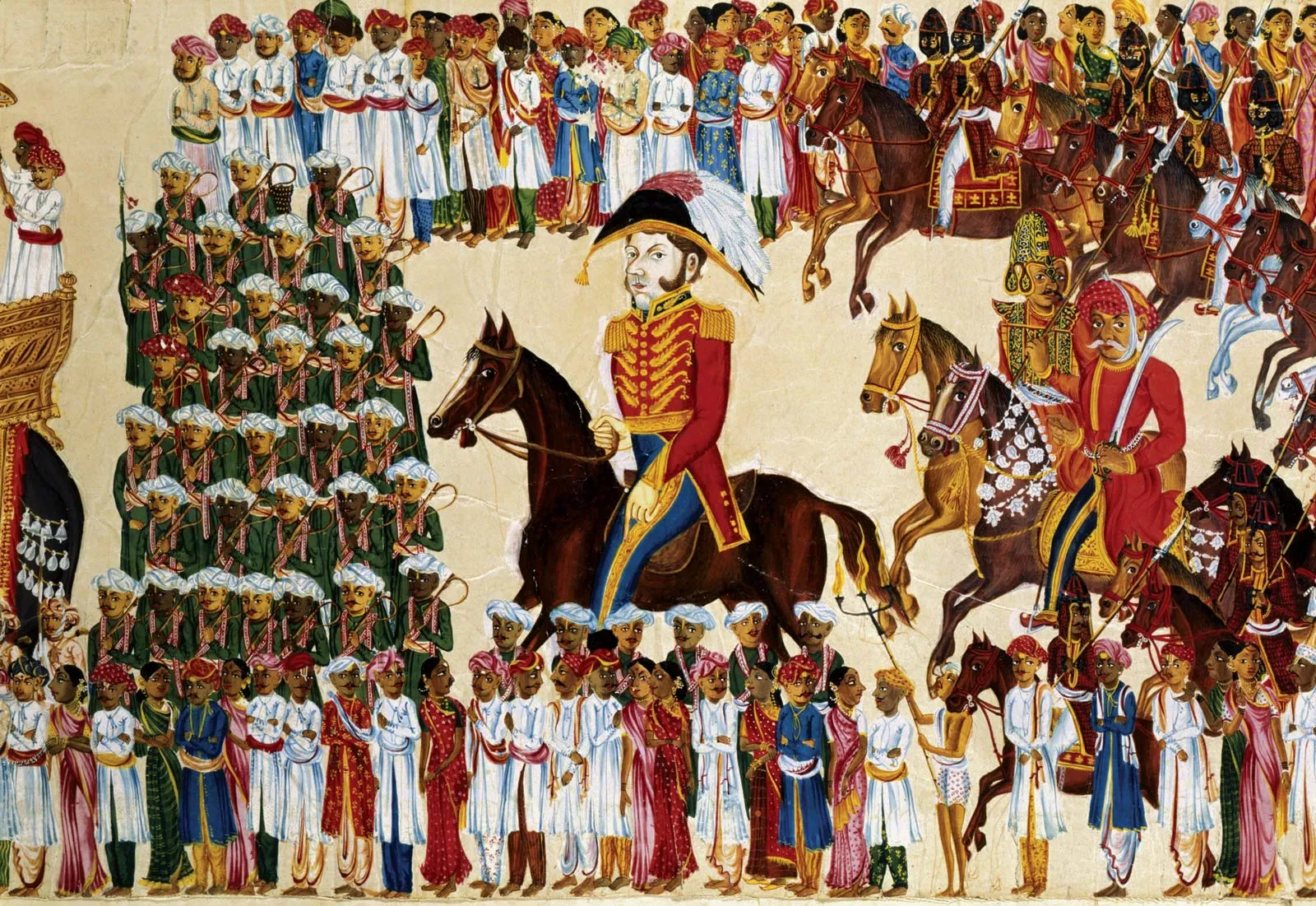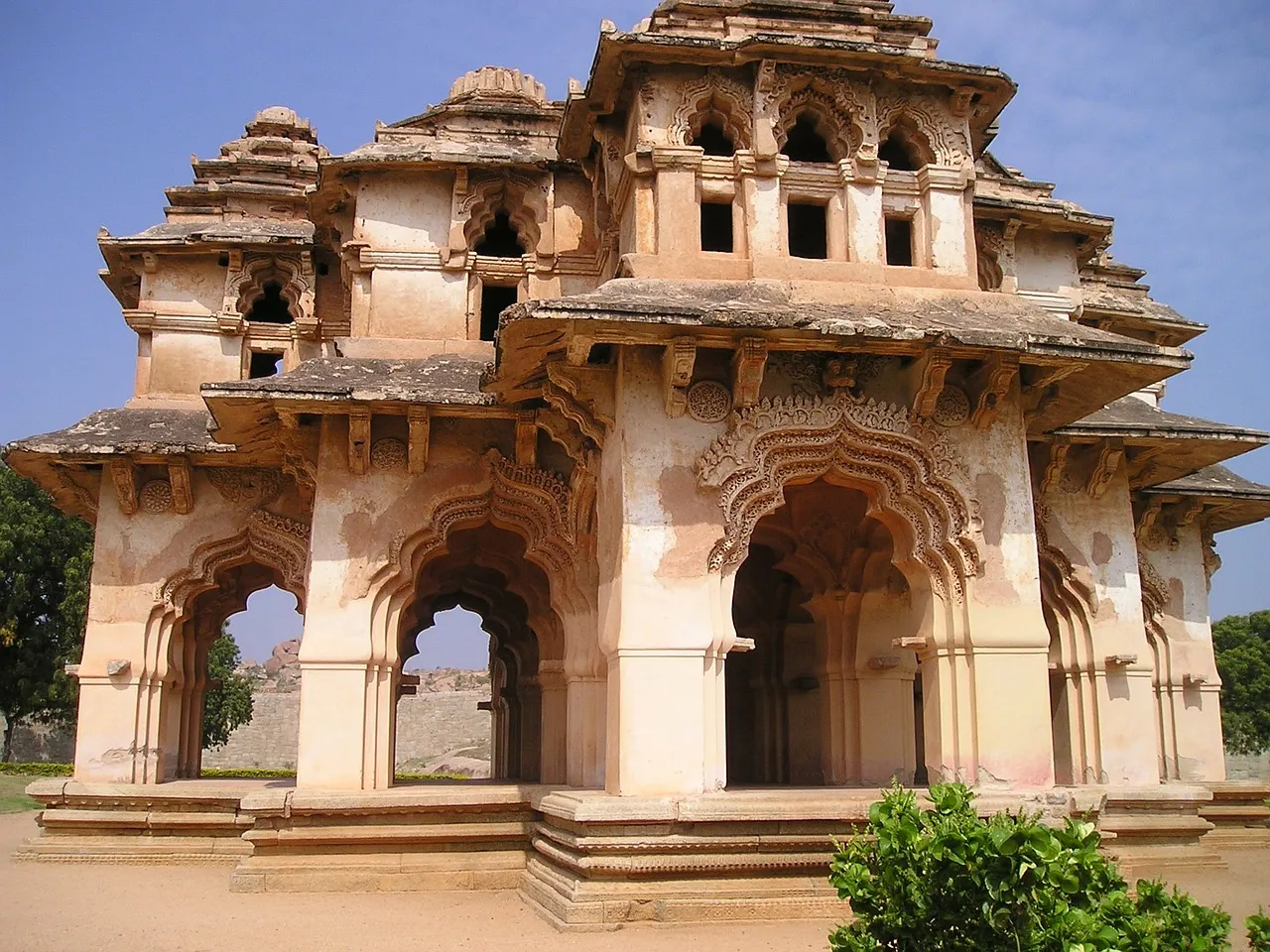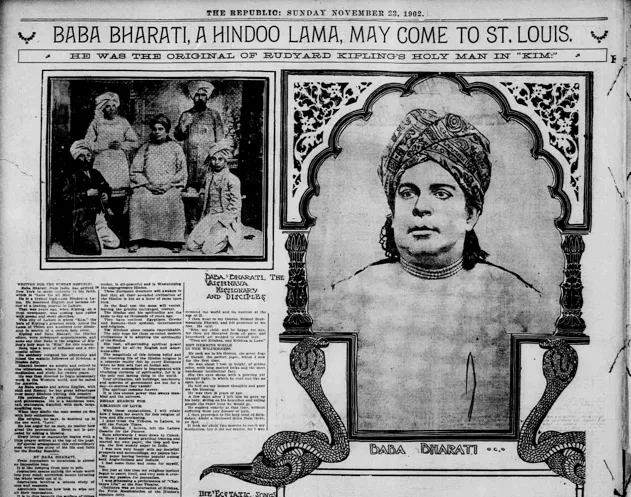Historians have long been intrigued by the striking similarities between Indian philosophical traditions — Hinduism, Jainism, and Buddhism — and Greek philosophy. Examining history through the lens of maritime trade reveals not only economic patterns but also the transmission of ideas along trade routes.
The Hiram-Solomon Treaty: Promoting Maritime Trade
A notable biblical account describes the treaty between Hiram of Tyre (c. 969–936 BCE) and Solomon of Jerusalem. This alliance emerged in the wake of the collapse of Egyptian power in the Levant and Egypt itself. For centuries, Phoenicians from the ports of Tyre, Byblos, and Sidon had utilised Egyptian ports to conduct trade with India. Hiram, a pragmatic and commercially astute Phoenician, offered Solomon — king of the newly emergent Israel following Egypt’s decline — cedar, skilled craftsmen, and luxury goods, in which Tyre specialised, to construct the Temple in Jerusalem.
In return, Solomon granted Hiram access to the Gulf of Aqaba port of Ezion-geber for voyages to India. Tyre established a merchant fleet there, known as the Ships of Tarshish which sailed to Ophir, probably the western Indian Ocean, including the Red Sea and Persian Gulf, later called the Erythraean Sea by the Romans. These voyages returned with gold, silver, ivory, panther skins, spices, gems, apes, peacocks, ebony, rice, cotton textiles, and cinnamon.
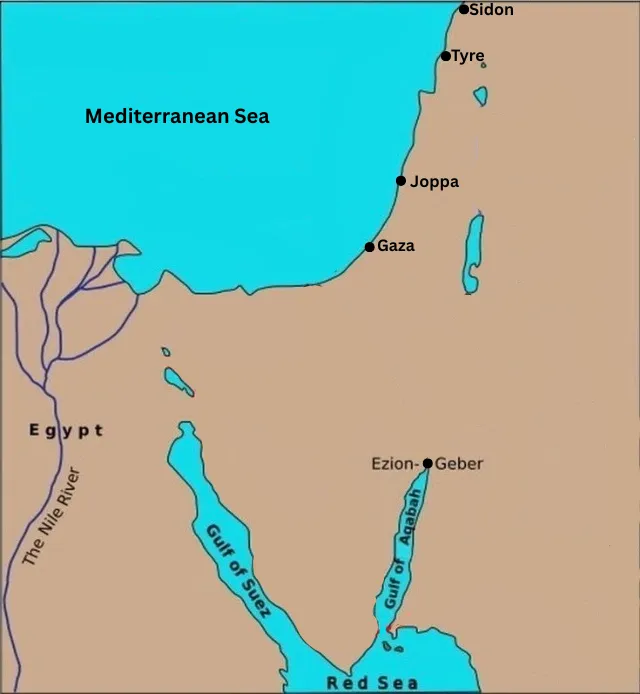
Trade Logistics and Cultural Exposure
The crews for these voyages inevitably included Hebrews, pastoralists unaccustomed to cosmopolitan urban life. The expeditions occurred every three years for approximately a century and brought significant wealth to Solomon, including 666 talents of gold used to adorn the Temple. He had an ivory throne made, almost certainly in Tyre which had skilled ivory workers. Hiram also shipped cedar logs from Lebanon in floats to Israel’s port of Joppa. A “man of Tyre,” skilled in metalworking, stone, timber, purple, blue, and crimson linen, and intricate engravings, contributed to these efforts.
Hiram invested his profits in rebuilding Tyre’s harbour and connecting the two islands on which the city stood, transforming Tyre into “the crowning city, whose merchants are princes, whose traffickers are the honorable of the earth”.
Jain Merchants: Intermediaries of Trade and Ideas
Jain merchants, prominent on India’s west coast, served as the key intermediaries. Jainism emerged as a reaction against rigid Brahminical authority and caste systems, rejecting animal sacrifice and embracing asceticism, vegetarianism, and pacifism. While Jains avoided participation in agriculture or crafts, they excelled as financiers and merchants. Unlike later Buddhist merchants, Jains did not venture abroad but were critical conduits for Phoenician trade and, subsequently, the joint Phoenician-Israelite ventures.
Some Phoenicians established permanent residences in India to manage this trade. Those who returned waited from May to September for the monsoon winds, which batter the Indian coast, to subside and shift direction. Even today, ships are prohibited from navigating monsoon-affected areas during these months. Both Phoenicians and their Hebrew crews were thus exposed to local ideas during their prolonged stays.
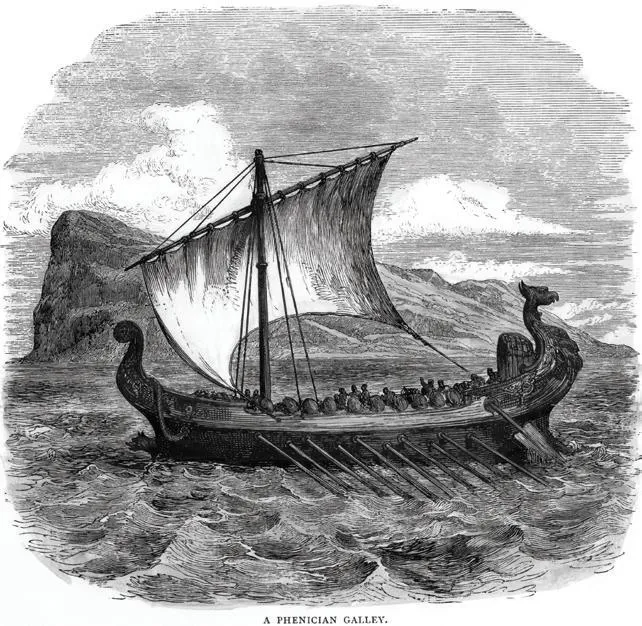
Jainism’s Impact on Sacrificial Practices
Jain influence extended to Hinduism, which ceased animal sacrifice in Vedic rituals, and to Buddhism, shaping its principles of atomism, asceticism, and rejection of animal sacrifice. In the Levant and Greece, human and animal sacrifice remained customary before the Trojan War. (c. 900 BCE, not 1188 or 1177 BCE, as posited in flawed Mediterranean Bronze Age chronologies; see my summary of scholarly arguments in How Maritime Trade and the Indian Subcontinent Shaped the World . For instance, Agamemnon sacrificed bulls, lambs, and even his daughter to appease the wind god for favorable winds to Troy. Mycenaean pottery frequently depicts processions leading bulls to sacrifice. Similarly, Abraham was prepared to offer his son Isaac as a “burnt offering”, but following contact with Indian trade networks, such practices were discouraged.
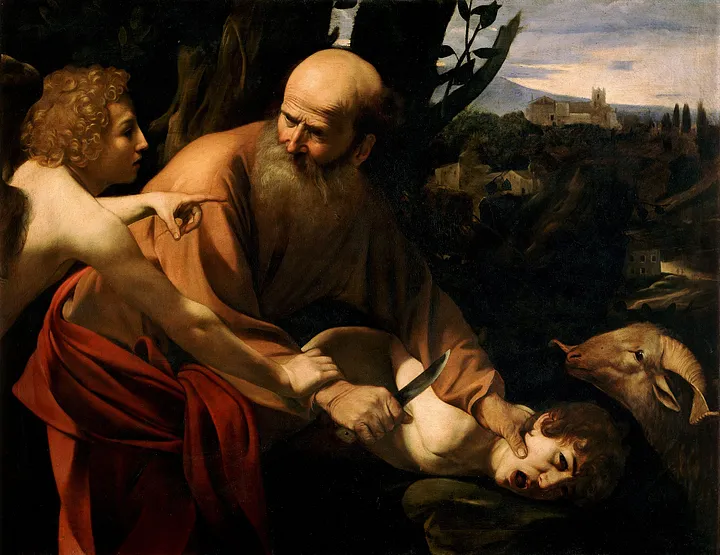
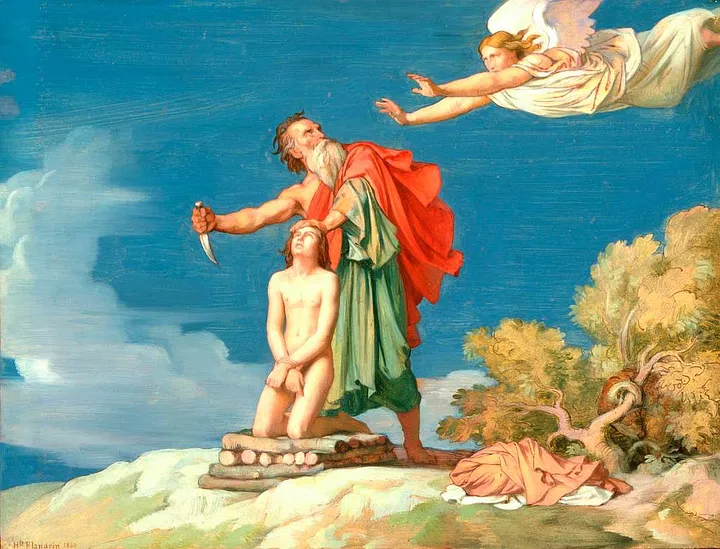
Phoenician Traders and the Transmission of Indian Ideas
Pythagoras’s father, a Sidon-based trader who traveled to India, likely influenced his son’s worldview. Pythagoras (c. 570–494 BCE), a vegetarian and ascetic, popularised his theorem, which had ancient Indian origins, through what Diogenes Laertius thought was an extravagant “famous sacrifice of oxen.” This act appears anomalous, as animal sacrifice diminished significantly after Indian trade contacts.
Phoenician merchants, who traded with both India and Greece and collaborated with Greek merchants in Sidon and Tyre, like Pythagoras’ father for example, were key conduits for eliminating animal and human sacrifice. Their interactions with Jain merchants were instrumental in this and other intellectual influences on Europe, including the Phoenician alphabet (the foundation of all modern alphabets), camel domestication, epic poetry, and narrative traditions. The similarities between Homer’s Iliad and Odyssey and the Ramayana have been widely noted.
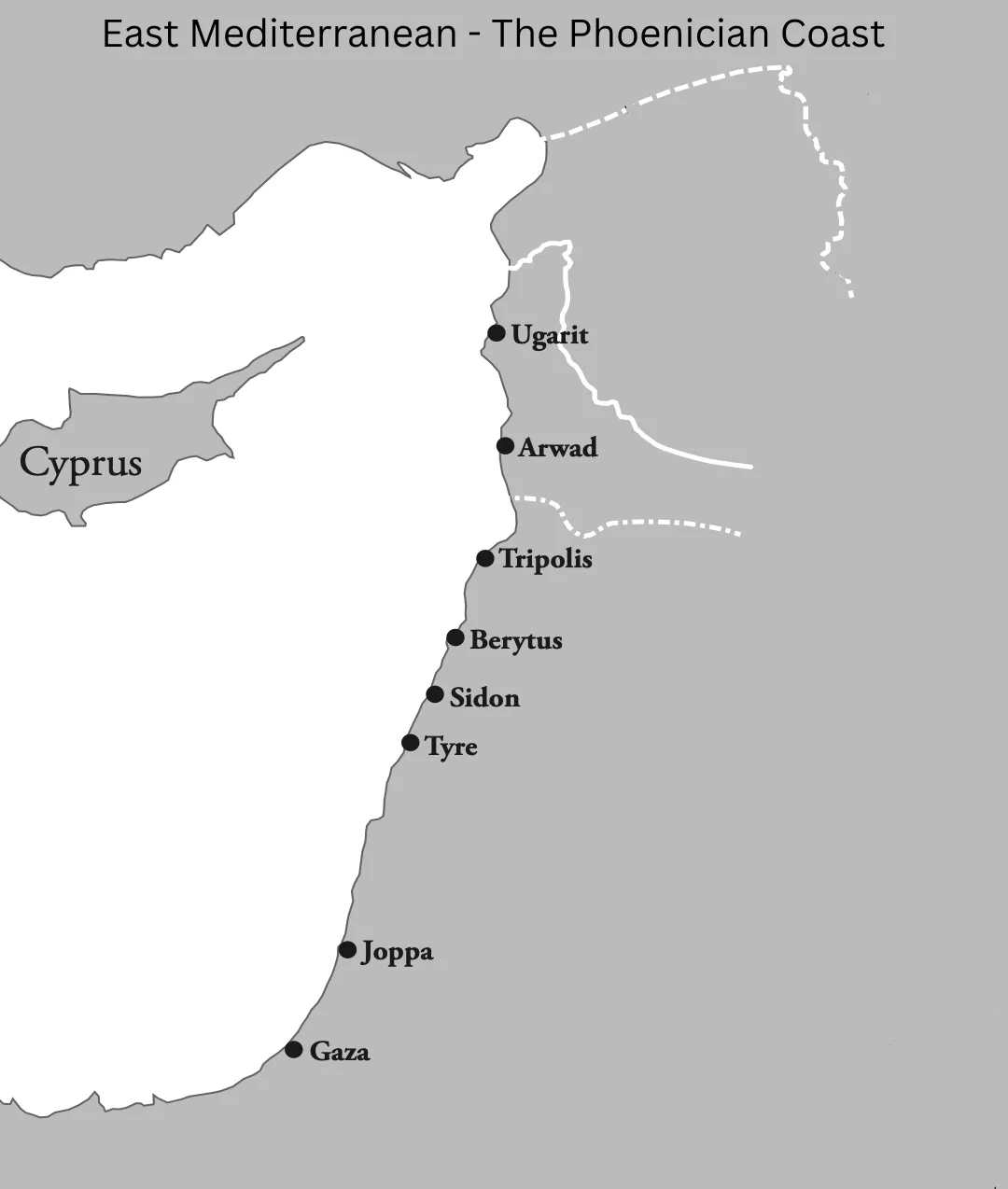
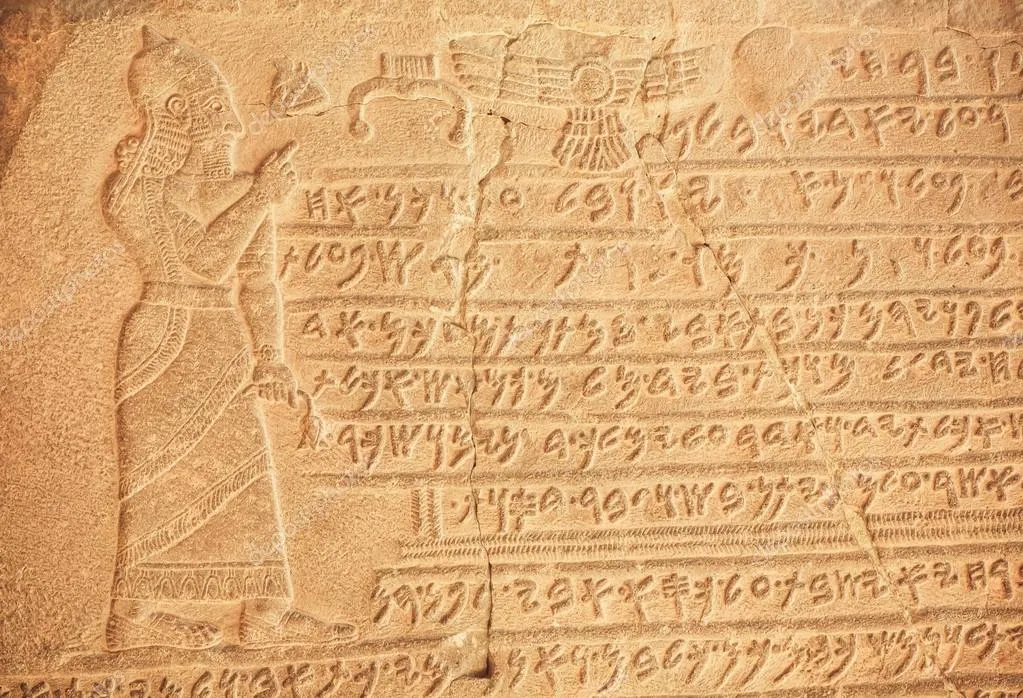
Influence on Hebrew Literature and Law
The Hebrews began documenting their laws, history, and contemporary events in what became the Old Testament, almost certainly influenced by exposure to the voluminous and comprehensive Vedic literature. The Manu Smriti, an Indian legal code with morally based punishments, appears to have inspired the harsher Leviticus, which prescribes death by stoning for many offenses. However, Leviticus includes a later insertion prohibiting child sacrifice to Molech by fire, and Deuteronomy 18:10 explicitly forbids consigning children to fire, contrasting with Abraham’s earlier willingness to sacrifice his son Isaac. (Genesis 22:1–19) The Hiram-Solomon treaty’s enduring and transformative impact, along with the influence of Jain philosophical principles on European thought during this pivotal period, has been under-appreciated.
Chapter republished from the book How Maritime trade and the Indian Subcontinent shaped the world by Nick Collins. Visit maritimetradehistory.com to find out more about the author, book, and where to buy.
